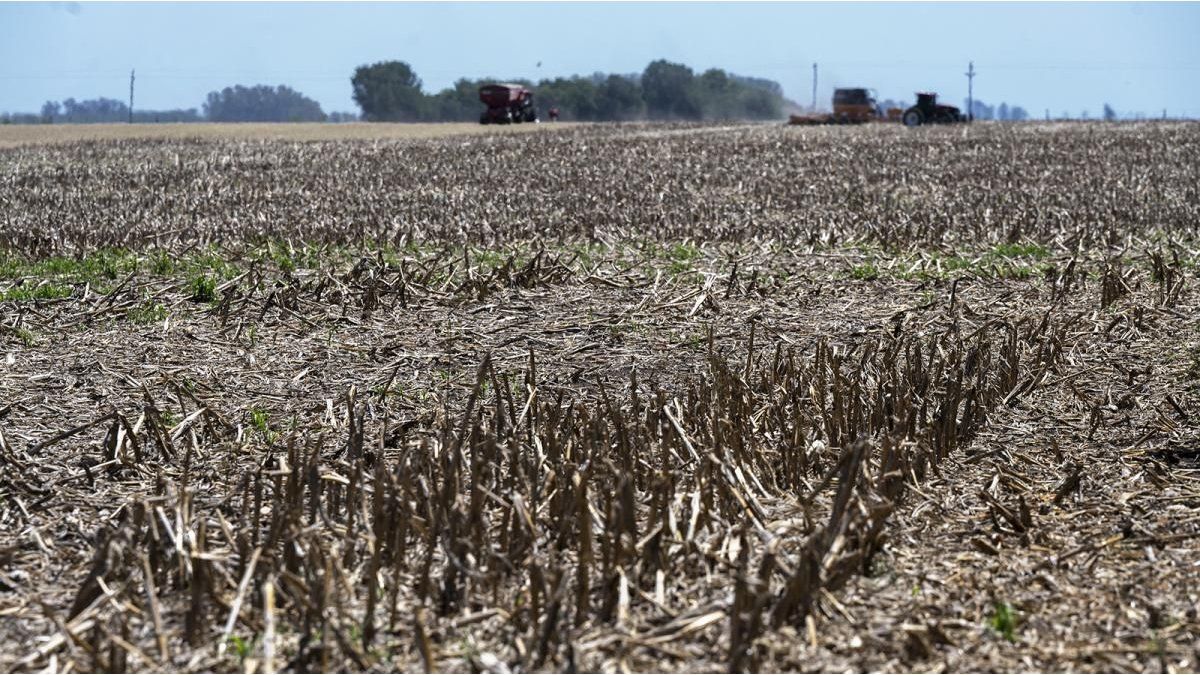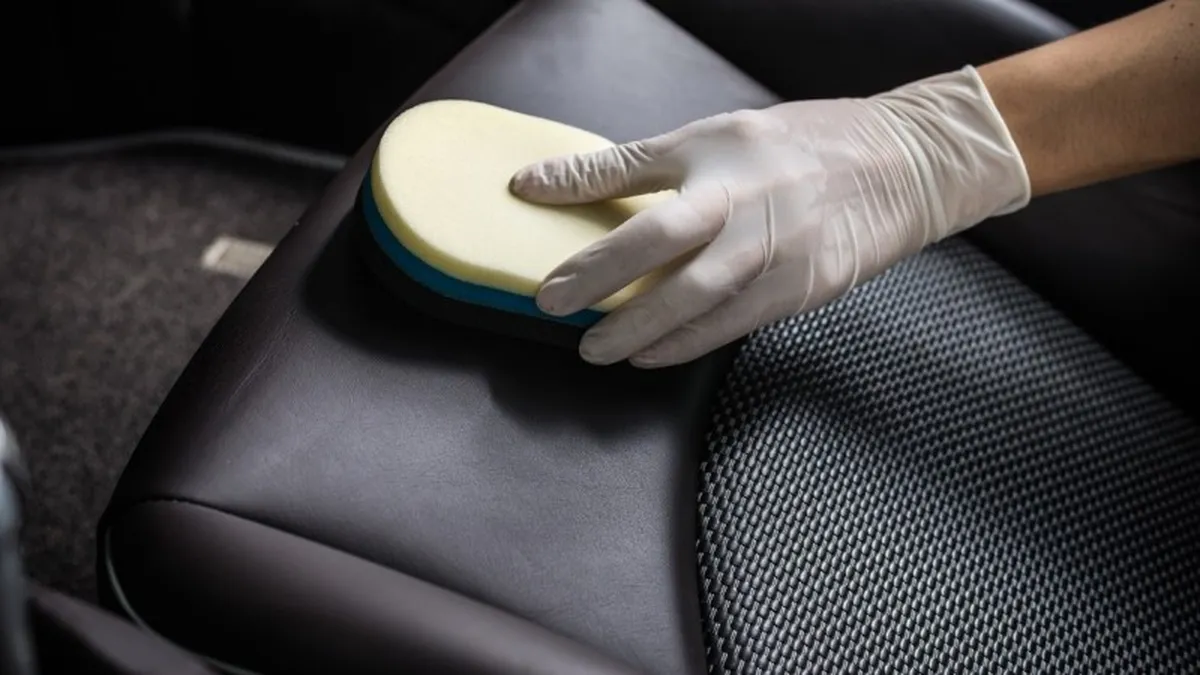The Rosario Stock Exchange (BCR) considered that the Pampas region has overcome the historical drought when registering in the last ten days rainy between 20 and 175 millimeters in the entire area.
“The worst drought in Argentina in at least the last 60 years has come to an end. The last day of summer was the first day of a new script for the Argentine climate,” said a document from the entity.
The post claimed that “the storms that developed between March 19 and 28 They left very good coverage and significant accumulations in the center of the Pampas region”.
The BCR specified that the water spilled in 85% of Córdoba, 95% of Santa Fe and in all of Entre Ríos with rains of more than 50 millimeters.
Santa Fe, one of the provinces hardest hit by the lack of water, this time received the greatest burden: 20% of its surface exceeded 125 millimetersconcentrated in the provincial center.
The most important records are those of sunchales with 250 mm or Rafaela with 189 mm. In the extreme southeast, stands out rosary beads with 118 millimeters, one-eyed deer with 110 mm and alvarez with 104 mm.
The institution’s report pointed out that in the 70% of the Entre Ríos territory fell more than 100 millimeters. The most important records are those of Concord with 209 millimeters and parana with 137 mm.
While, in 65% of the province of Córdoba the rainfall exceeded 75 millimeters and, in some isolated areas of the central strip, it was over 100 millimeters. The towns of idiazabal with 150 mm, Marcos Juarez 113 millimeters and Cordoba capital with 104 mm.
According to the BCR, this time Buenos Aires was left out of rainfall since only the north and part of the eastern province received rains above ten millimeters.
“Having normal rains this fall is key for the fine campaign and also for thick 2023/24 in Argentina,” the entity said.
In addition, he added that “in the Pampean region, last year’s wheat sowing began with the driest autumn in the last 35 years: 100 to 150 millimeters were missing from reaching historical averages of rains in the region”.
“Starting the fall with such important rains, both accumulated and covered, is a fundamental signal for the next wheat cycle in Argentina,” he emphasized.
Source: Ambito




